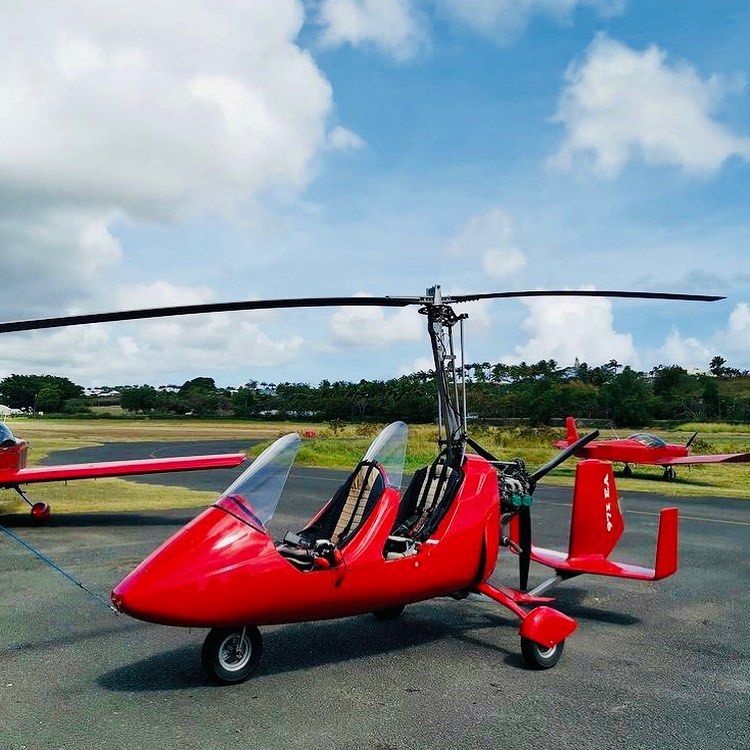Your cart is currently empty!
Understand how the autogyro/gyrocopter works!
The autogire (sometimes written autogyre, gyrocopter or gyroplane) is an aircraft whose the rotating and free wing provides lift. Propulsion is provided by a propeller driven by an engine.

Invented in 1923 by the Spaniard Juan de La Cierva, this concept experienced significant growth in the 1930s.
In France, it is part of ULM (motorized ultralight). It is the ancestor of the helicopter.
A very safe machine!

When you were a child, you probably threw these sycamore seeds, and had fun watching them slowly fall spinning…no matter how hard or how hard you threw them….
As surprising as it may seem, the gyroplane works the same way.
Autogyros do not stall, they cannot suddenly lose their lift. They also cannot go into a spin because a spin occurs when a wing stalls.
Like other ULM categories, gyroplanes are now designed by aeronautical engineers and mass-produced in specialized factories. The pilots, for their part, have real training adapted to the specificities of the discipline. The era of merry flying freaks is therefore well over and gyroplanes are becoming more and more fashionable. They are mainly used for leisure, but are also starting to find applications in aerial work (police surveillance, control of power lines, agricultural spraying, etc.).
